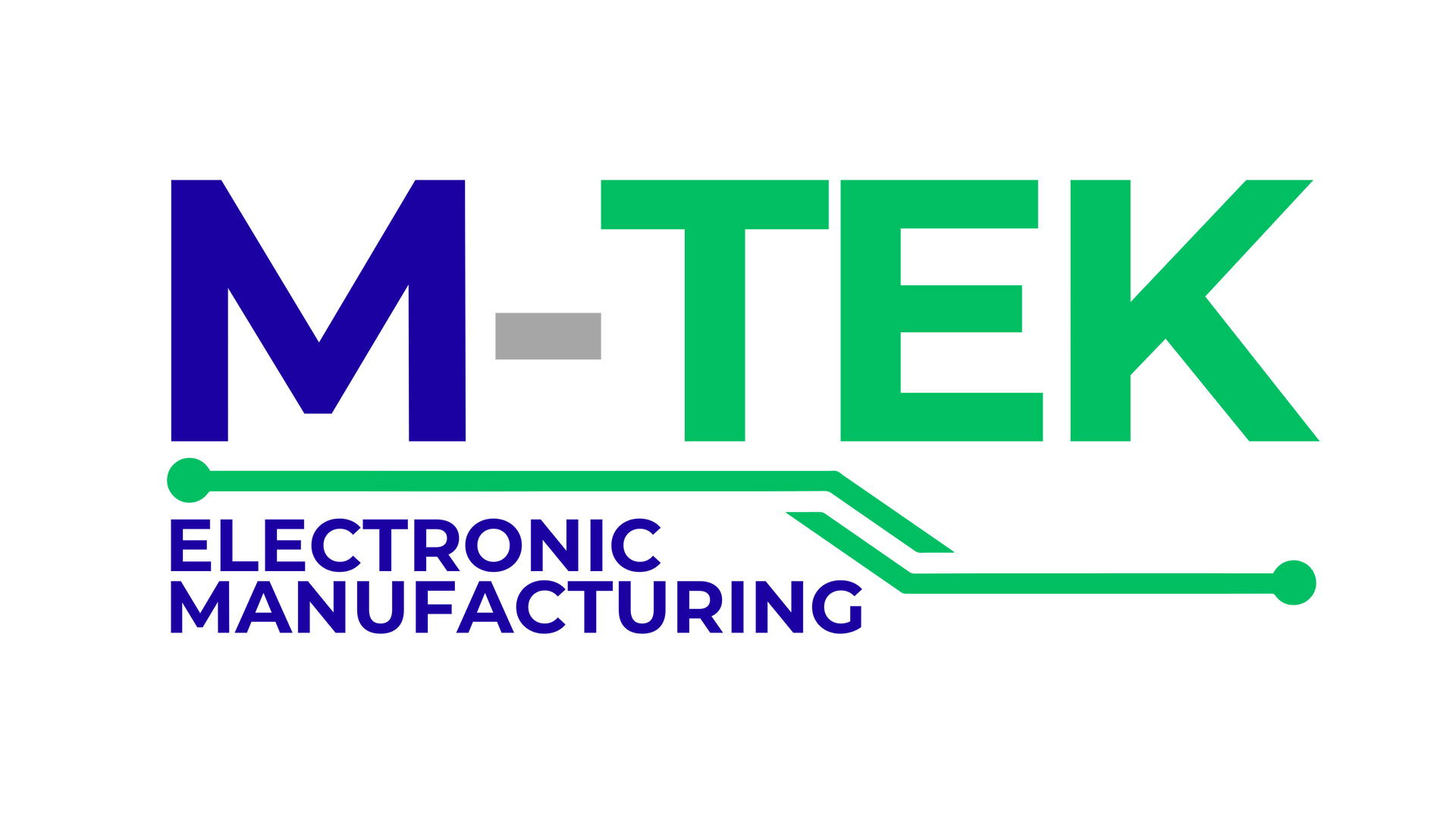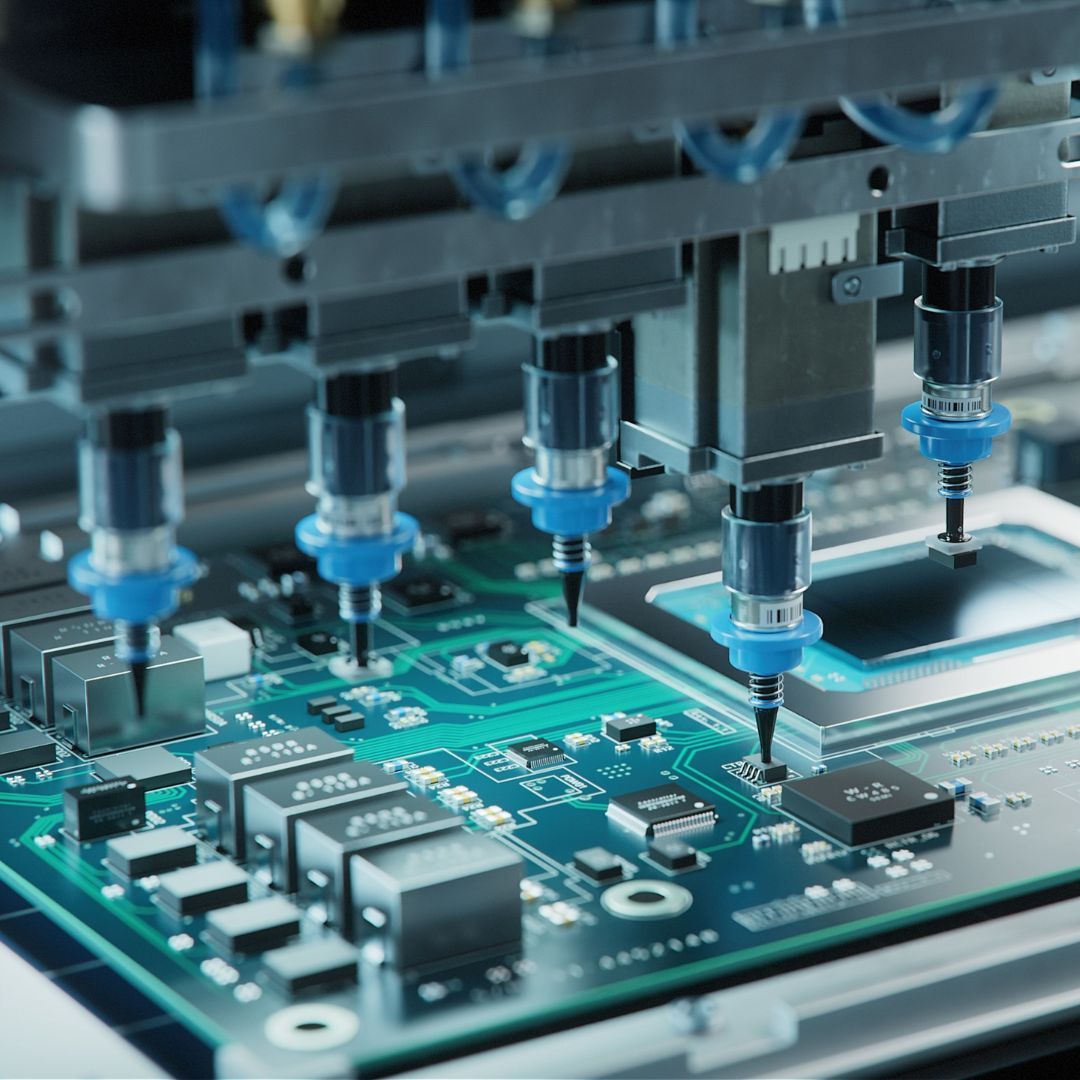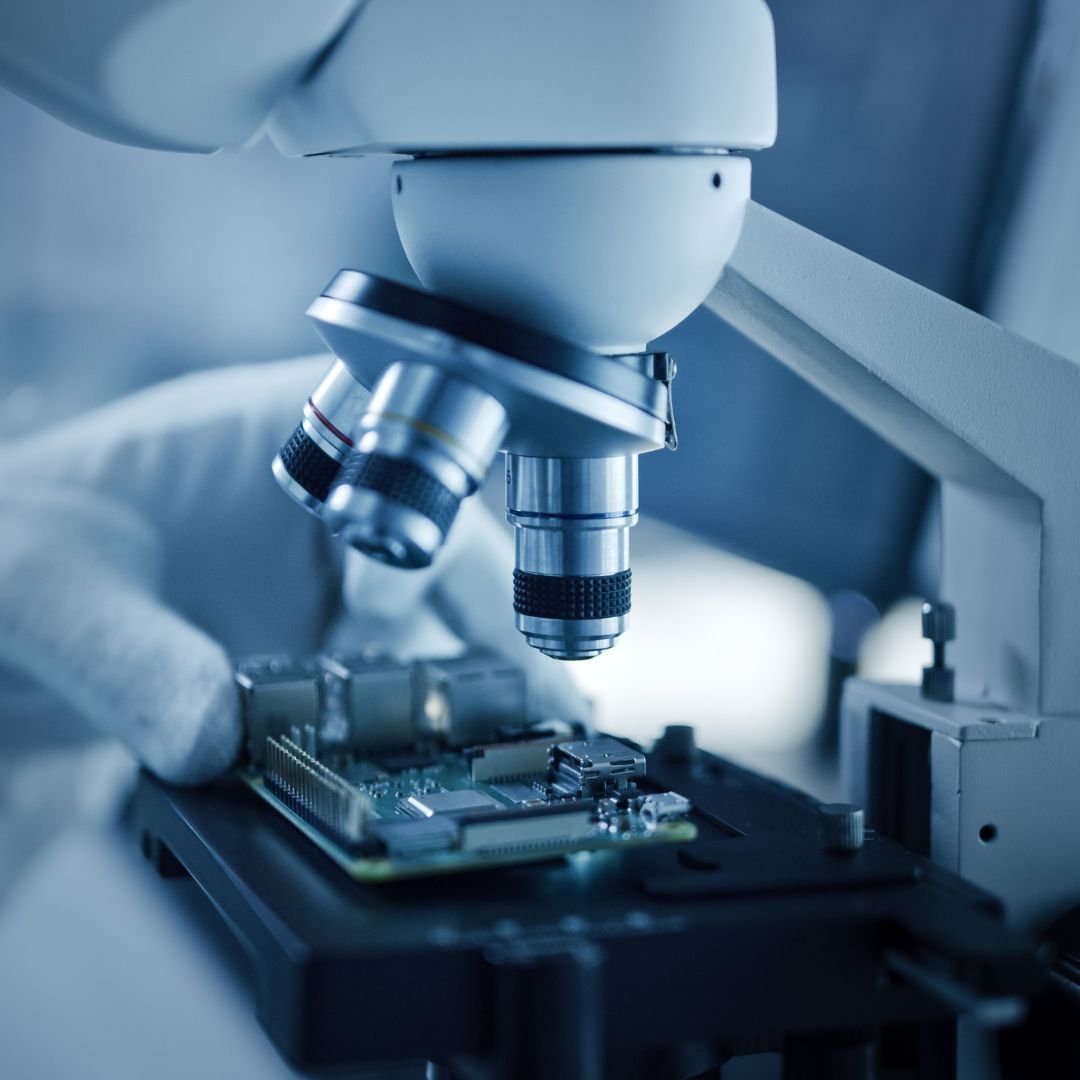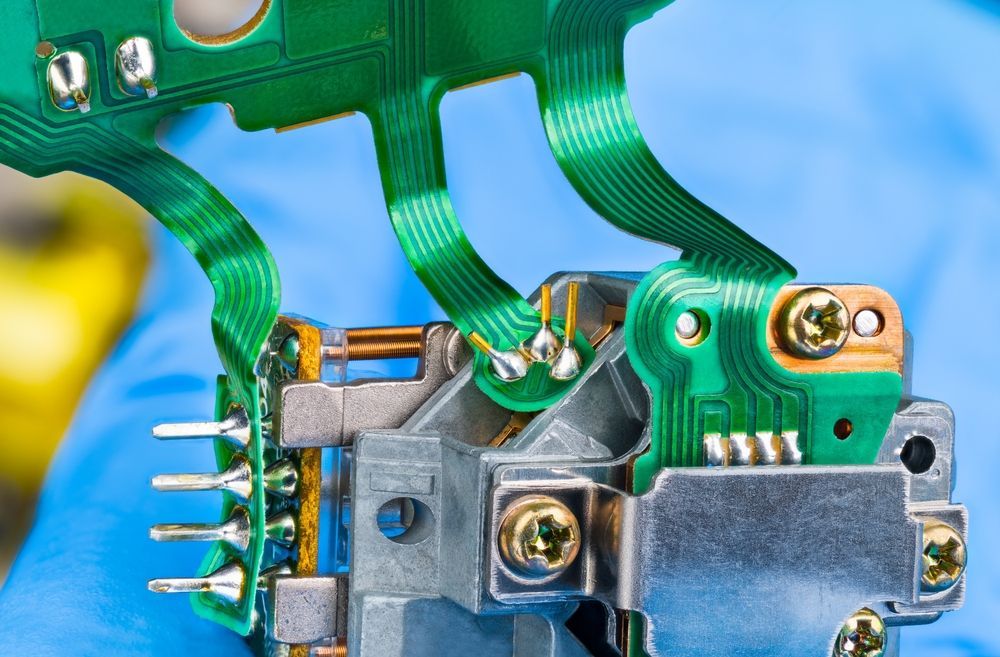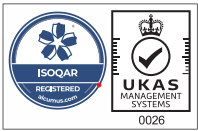The use of automatic control in large-scale systems like factories, telephone switchboards, boats, and stock markets is known as industrial automation. Industrial automation is the process of creating and using machines to automatically control portions of industries at a lower cost, with greater efficiency, and more securely than humans could. This multidisciplinary field combines advances in materials science, computing and information science, robotics, engineering, project management, and systems to continuously push industry adoption of quicker, more energy- and money-efficient, and more accurate automated processes. Rapid prototyping has applications in each of these domains.
Rapid prototyping is a fairly recent approach to research and development made possible by advancements in 3D computer-aided design (CAD) software and 3D printing. With the use of these technologies, designers and engineers can swiftly produce functional prototypes of novel parts and systems, assess their merits and shortcomings, and iterate the design procedure.
Industrial automation benefits from this ability to cycle through several design iterations relatively cheaply since it makes it possible to refine new automatic systems piece by piece and to model and test the entire system for inefficiencies. Here are a few instances of how industrial automation benefits from rapid prototyping.

Rapid Prototyping Enables Component Repair
Repairs for system failures as well as routine maintenance can be carried out much more quickly and precisely with the use of CAD models of full industrial automation systems, including each component.
Engineers can test novel materials or parts via rapid prototyping, either to improve an existing system or to replace a subpar component. To make sure the new component will function with the automated process already in place, they can swiftly develop models of the new component and test them in a real setting.
Testing and Modeling of Mechanical Systems
Industrial automation experts can create entirely new automated systems and specific processes inside of those systems via rapid prototyping. As discrete pieces may be tested and improved while a computer model of all the parts cooperating can be used to detect mechanical faults, it greatly reduces the amount of time and waste involved in the design process.
Additionally, quick prototyping guarantees the most effective methods. Without having to build the entire process from scratch, engineers can test models to make sure no time or effort is wasted in the automated process.
Software Development
Rapid prototyping encompasses more than just creating and printing actual components and items using 3D printers. To make sure there are no errors or faults in the finished code, software engineers employ fast prototyping techniques including user testing and continuous design iterations.
It might be difficult to create software for industrial automation that is both user-friendly and successfully controls the automated processes. By guaranteeing that only software that has been well-built and tested is in charge of the automation, rapid prototyping can help this field of industrial automation.
Artificial Intelligence
Rapid prototyping's application to the information science quest of artificial intelligence (AI) will considerably help industrial automation. The automation of the design process is made possible by the integration of fast prototyping techniques employing design software and 3D printing with intelligent software (which may learn from its own experience). The term for this is machine learning. A piece of software that has been configured to create things based on predetermined criteria is used in the machine learning process. These items can be automatically 3D printed, and after printing, they can be automatically tested using a variety of sensors.
The machine learning programme then compiles the data from this testing and uses it to repeat the object's design with fewer errors or inefficiencies. Rapid prototyping could be used by machine learning to create entire systems that are currently unthinkable if sufficient processing power, well-designed software algorithms, and the right materials are all in place.
About M-Tek Assembly
You may contribute to environmental preservation by using M-Tek for your rapid prototyping and PCB service requirements. We use electric vehicles to achieve a net-zero carbon footprint, and for every circuit board we produce, a tree is planted. For help with your SMT and PCB assembly, get in touch with one of our experts right away. You can reach us at 01189 455377 or follow us on Twitter to be informed about our services.
